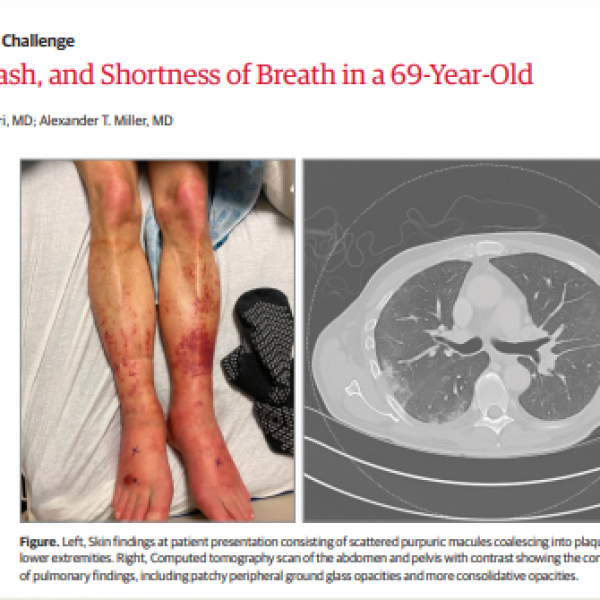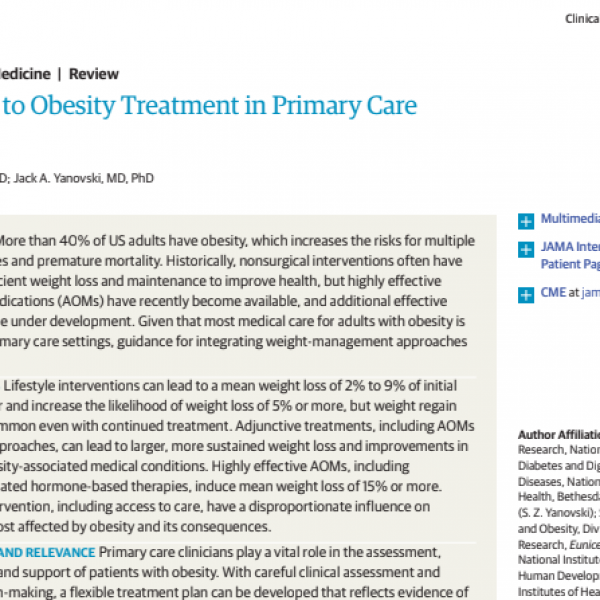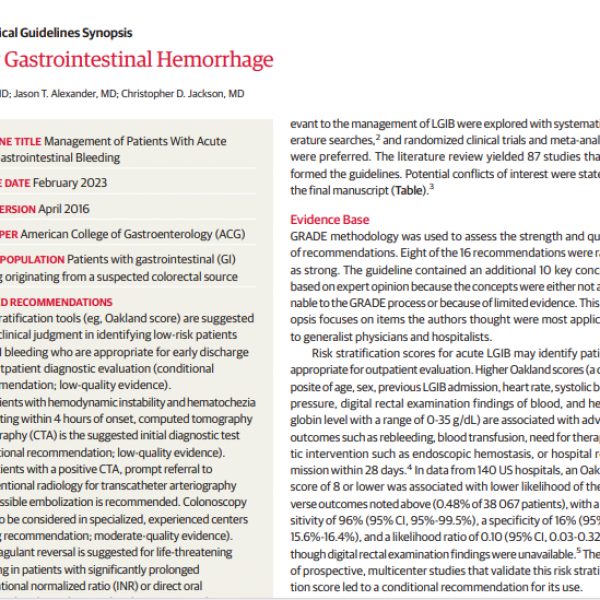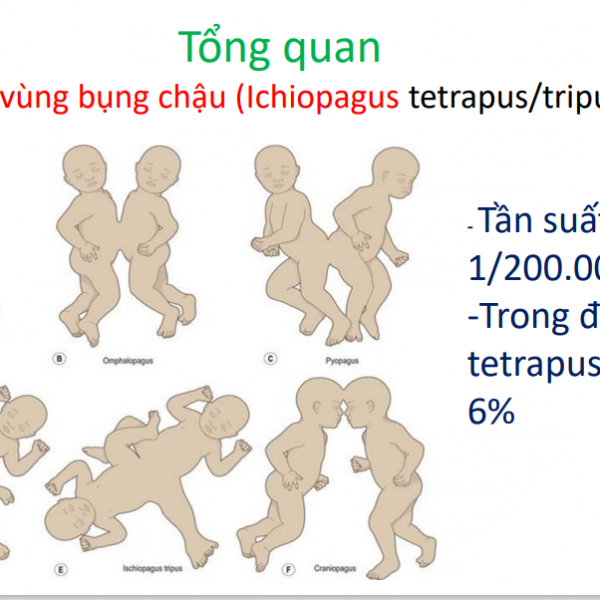Contact Admission
Can Cardiovascular Risk Assessment Be Improved in the 21st Century?
;
JAMA. Published online May 13, 2024. doi:10.1001/jama.2024.7644
Cardiovascular risk assessment has become an essential part of preventive strategies designed to target risk factor interventions and has contributed to dramatic reductions in cardiovascular disease mortality during the past 60 years in the US and other countries. Beginning in the 1960s, investigators from the Framingham Heart study, identified key physiological, behavioral, and biochemical risk factors for atherosclerotic cardiovascular disease and were the first to develop multivariable risk equations using major risk factors to predict first-time fatal and nonfatal myocardial infarction and later atherosclerotic cardiovascular disease events during a period of up to 12 years. These risk equations are able to explain about 70% to 80% of the variability of cardiovascular risk in the populations in which they were derived. The generalizability of these early tools has been enhanced by using large, diverse, pooled cohorts in the US (American Heart Association/American College of Cardiology Pooled Cohort Risk Equation), Europe (European Society of Cardiology Systematic Coronary Risk Evaluation 2 [SCORE2]), and elsewhere. Since their development, many attempts to improve the models have been pursued, yet the basic models have stood the test of time.









